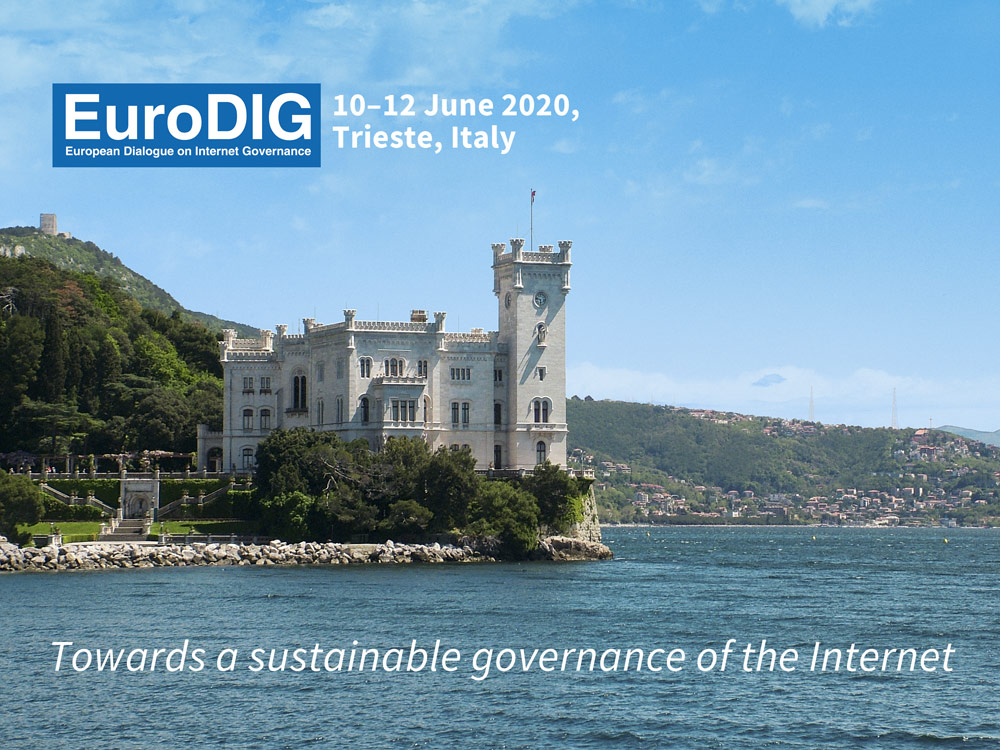Community networks in rural areas: Best practice
12 Jun 2020 11:30h - 13:00h
Event report
The session discussed the needs, challenges, and best practices of community networks (CN), which offer applications and services based on broadband infrastructures developed with the participation of rural communities.
Mr Frederic Donck (Regional Vice President for Europe, Internet Society) invited the speakers to provide a definition of CN. All panellists stressed the human-centred characteristic of the networks: local communities own and manage the infrastructure and use the networks to foster community inclusion. As Mr Massimiliano Stucchi (Technical Advisor, European Bureau, Internet Society) put it, CN are ‘Internet access build by the people and for the people’.
The panellists then considered the elements needed to start CN. Mr Vassilis Chryssos (Co-founder, Sarantaporo.gr) mentioned the example of the wireless CN in the Greek village of Sarantaporo where the approach to connectivity was bottom-up, as the request came directly from the local community because of the lack of Internet connectivity in the area. He illustrated three elements: the importance of having a community of people with a strong leadership (i.e., the willingness to take the initiative to start CN and manage it afterward); the importance of referring to the common knowledge of existing CN in other parts of the world; and the importance of the careful consideration of the local context and needs, as connectivity and energy supply challenges require different solutions depending on the geographical location.
Chryssos also added that having technical capacity and digital literacy are prerequisites for the creation of CN. It is necessary that locals know how to create and maintain the infrastructure, and to have skills that would allow people to meaningfully participate on the Internet.
Ms Carola Croll, (Research Assistant, Digital Opportunities Foundation (Stiftung Digitale Chancen)) added other elements. She stressed the importance of knowing the community’s needs, as well as making yourself known to the community while providing support to the local context. In addition, she stressed the importance of establishing CN through a process of co-creation with the local community which includes the people in every step of the process and strengthens their digital sovereignty.
Ensuring local community involvement and its ownership of the CN is crucial when addressing one of the main challenges of CN: ensuring trust. From his experience in connecting Alpine communities in Northern Italy, Mr Gianluca Lentini (Researcher and Project Manager, Poliedra – Politecnico di Milano) explained that CN are inserted into the local dynamics where community identity is very strong and there is a lack of trust towards external institutions. Therefore, taking into consideration the local language and building trust are crucial elements for the success of CN.
Considering the technical aspect, Croll stated that for Germany, the connectivity of rural communities is definitely an issue. However, she reiterated that technological solutions alone do not ensure the success of CN, as technical aspects go hand in hand with a strong network of community support. In addition to the technological and connectivity barriers, Chryssos added that funding and regulation are also important challenges which determine the resilience and vitality of established CN.
In addition to the affordability of the networks, Stucchi also considered the performance element. He explained that it is not uncommon for some communities to reject certain projects because they either do not see the benefit of the network or the performance of the network (in terms of connectivity and bandwidth) does not serve the community’s needs. Thus, it is important to make the community aware of the possible advantages of a CN by doing an assessment of the beneficial impacts of the CN on the area’s economy and environment. Lastly, he considered that the sustainability of the network is also a major challenge. It is crucial to invest in local training so as to ensure that the members of the community can sustain the network over time.
Ms Maarit Palovirta, (Director, Regulatory Affairs, European Telecommunications Network Operators’ Association (ETNO)) brought a different perspective to the discussion: that of telecom operators. ETNO represents 70% of all infrastructure investment in Europe, which has the opportunity to scale activities and make an impact in terms of inclusion on a European scale. However, there are still limitations for commercial operators, especially in terms of expanding connectivity to rural areas. For example, the cost of deployment is still very high and the spectrum licenses are still very costly. When accessing local areas, operators have to co-ordinate operations with the local government for access, which often involves fees and taxes for operators. She mentioned that voluntary network sharing is emerging as an interesting solution because this could entail network sharing and physical infrastructure sharing, and even spectrum sharing so as to maximise the existing resources in infrastructures.
Mr Tom Puc (Internet of Things (IoT) Evangelist and LoRAWAN Advocate, Core Team Member) addressed the link between crowdsourced IoT over CN. In this case, CN can be used not only to cover rural areas but also larger cities. In this scenario, the industry and communication network operators would, for example, offer their controlled solutions through proprietary infrastructures. In the current solutions, the owner of the services can decide what is possible to do with the service, namely, which protocols and what kind of encryption should be used. Puc considered that there are still challenges regarding the most appropriate radio-communication technology to connect devices to the infrastructure. Wireless and mobile technologies can still represent a barrier to connection because they are costly in cities and difficult to obtain in rural areas.
By Marco Lotti
Related topics
Related event

